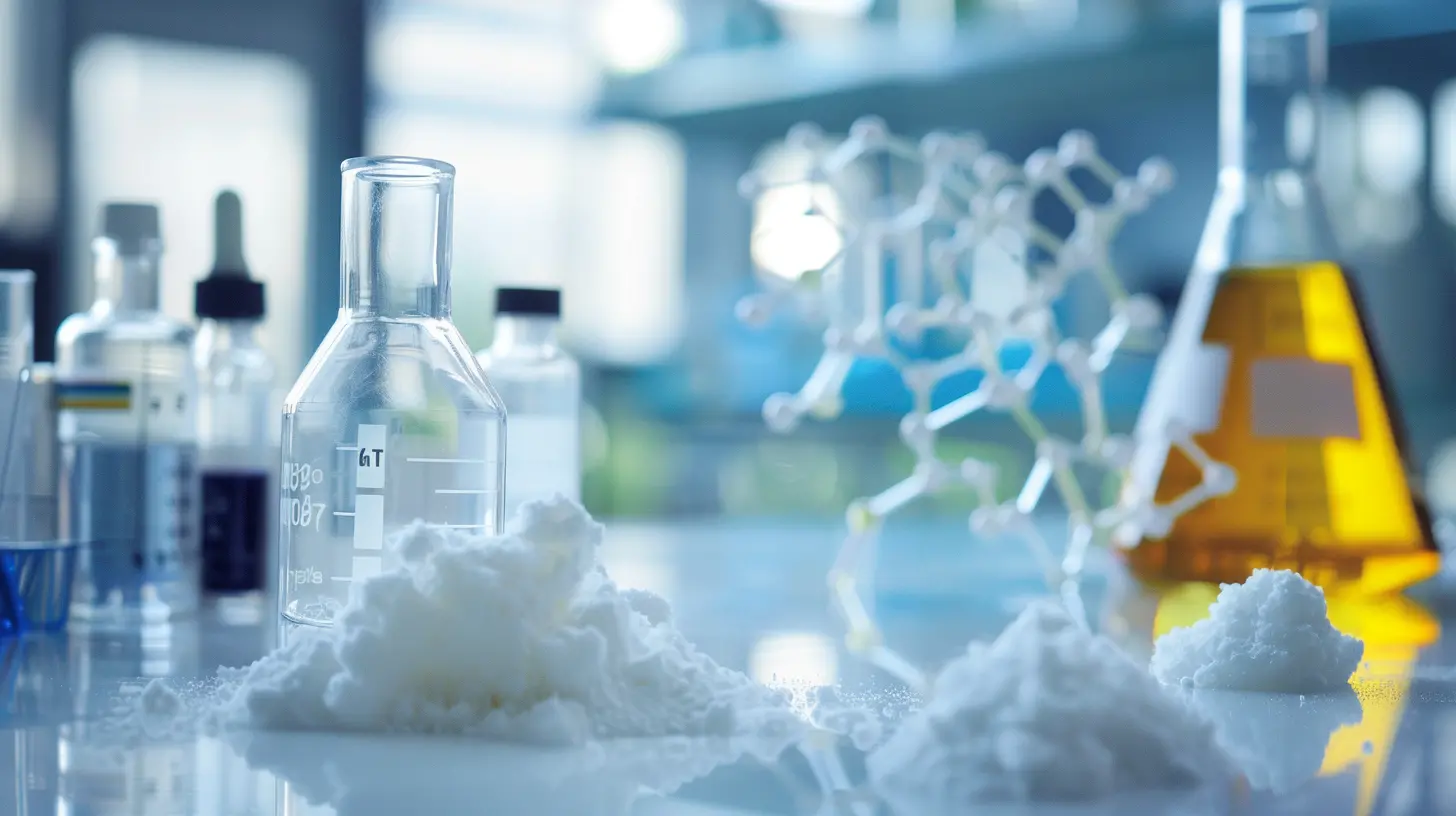Non-ionic polyacrylamide (NIPAM) is increasingly being recognized for its application in environmental protection. As we strive for sustainable practices, understanding the role of such polymers becomes crucial. This article delves into the benefits and applications of NIPAM in the environmental sector, particularly in water treatment.

NIPAM has shown significant potential in water treatment processes. As an effective flocculant, NIPAM assists in the aggregation of fine particles, thus improving the sedimentation rates in water clarification. By employing NIPAM, industries can decrease chemical usage, optimize operational costs, and promote eco-friendly practices.
Incorporating NIPAM into environmental solutions promotes sustainability. It is biodegradable and non-toxic, which aligns with global efforts to reduce harmful waste. By utilizing NIPAM in various processes, companies foster a greener image, appealing to eco-conscious consumers and stakeholders.

The application of NIPAM contributes significantly to global environmental efforts. By improving water treatment techniques, it plays a vital role in maintaining clean water supplies. Additionally, as industries increasingly adopt NIPAM, we can expect a positive impact on reducing environmental footprints.

In conclusion, the future of non-ionic polyacrylamide in environmental protection looks promising. Its versatility and effectiveness in water treatment and support for sustainable practices make it a valuable asset in our efforts towards a cleaner, greener planet. Organizations should consider integrating NIPAM into their environmental strategies to enhance their commitment to sustainability.
